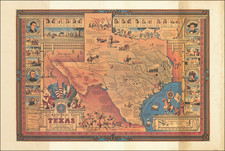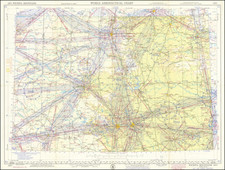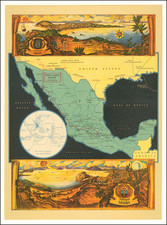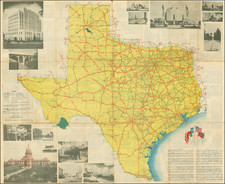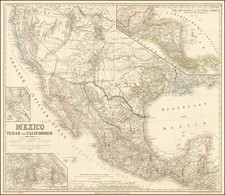Richly Illustrated Oil Promotional Progress Bulletin --THERE NEVER WAS A TIME WHEN THIS STOCK LOOKED SO ATTRACTIVE!
Promotional brochure for the Mitchel Production Company, promoting investments in its wells in Eastland, County, Texas.
The map identifies a 50 acre tract in the Duke-Knowles Pool, Desdemona District, Ranger Field, with 20 wells named and estimated production give, up to 11,000 barrels for the Knowles No. 1.
Promoted at $0.75 cents per share "The Time To Buy is Now ... Before the Price Gets Higher. If you failed to use your opportunity when the price was lower, do not let that influence your judgment, but we say with all sincerity THAT THERE NEVER WAS A TIME WHEN THIS STOCK LOOKED SO ATTRACTIVE FOR BIG PROFITS AND DIVIDENDS AS IT DOES NOW . . ."
On October 15, 1919, the Texas Trade and Industrial Record (volume 24, page 18) notes that the Mitchel Production Co. was "to sink a deep test near" Coleman, Texas. The Oil and Gas News, Volume VI, October 2, 1919 at page 14, noted that "The Mitchel Production Co. recently acquired the Brewster Gasser, which is making 20,000,000 feet from the 1,600 foot sand." Oildom, Volume X, No. 12 for December 1919, reports that the Mitchel Production Co. of Fort Worth Texas had brought in 3,487.97 barrels of oil for a value of $7,851.92. However, by February 7, 1920, the United States Investor, Volume 32, pg 266, in response to a request for an investment opinion, stated:
Mitchel Production Company [is a] speculative oil issue. The boom in oil appears to be over for the present, and takes away from the speculative possibilities of the newer issues. It Is our opinion that you would do better to stick to investment Issues at this time than in buying oil shares.
Eastland County Boom
The oil prospecting in 1890 at Abilene found neither oil nor water, and no more test holes were drilled in this general region until 1912, when test holes in Eastland County indicated oil seven miles south of Ranger. In 1915 a good producer was brought in at Strawn, ten miles east of Ranger. A 200-barrel producer was brought in near Breckenridge in October 1916, and exploration continued in the Ranger area. In 1917 William Knox Gordon was persuaded by a group of Ranger citizens to finance a deep test well near Ranger. On October 21, 1917, the second test hole blew in under good pressure at 3,431 feet. This McClesky No. 1 well, a 1,700-barrel producer, opened the Ranger boom. Within a year, Ranger's population climbed from 1,000 to 30,000, mostly men, and Ranger became a typical oil-boom town. Gordon's company, the Texas Pacific Coal Company (reorganized as the Texas Pacific Coal and Oil Company), had leased most of the field, and as gusher after gusher came in, the territory was subleased at prices as high as $8,000 an acre. Independent operators and small companies fanned out from Ranger and opened such fields as the Gray-Hightower, the Parsons, the Sinclair-Earnest, and the Lake Sand. The most spectacular area was the Brewer pool, which produced more than $2 million worth of oil in 1918 and launched a frenzied drilling campaign. By 1919 eight producing horizons had been opened, and the field had produced nearly four million barrels of oil, which, because of its good quality and economic stimulus emanating from World War I, brought a top price of about $4.25 a barrel.
The discoveries at Ranger stimulated exploration, and in September 1918 a 2,000-barrel discovery well blew in at 2,960 feet near Desdemona (frequently called Hog Town). Unlike Ranger, Desdemona was a small operator's field. Production reached a peak of 7,375,825 barrels in 1919, and then dropped sharply, chiefly because of over drilling.
There had been drilling in the Breckenridge area as early as 1911, but it had been unproductive. The No. 1 Chaney, coming in as a huge producer on February 4, 1918, began the boom, which swelled the population of Breckenridge from 800 to about 30,000 in a short time. Some 200 derricks rose within the town, and five years later more than 2,000 oil rigs were located in the immediate vicinity. The production at Breckenridge in 1919 was over ten million barrels and rose to a peak of 31,037,710 barrels in 1921.











![[Arizona below New Mexico] Mexique d'apres le grand Atlas Dresse Par A.H. Dufour Grave par ch Dyonet Pubie par A. Le Chevalier . . . 1863](https://storage.googleapis.com/raremaps/img/small/64395.jpg)
